Let’s take a look at a lovely CD player I recently repaired, the Arcam DiVA CD92.
Arcam made some great gear back in the day, including various products as A&R Cambridge as they were initially, like this C-200 preamp and later the Arcam Black Box 500 I recently repaired and restored:
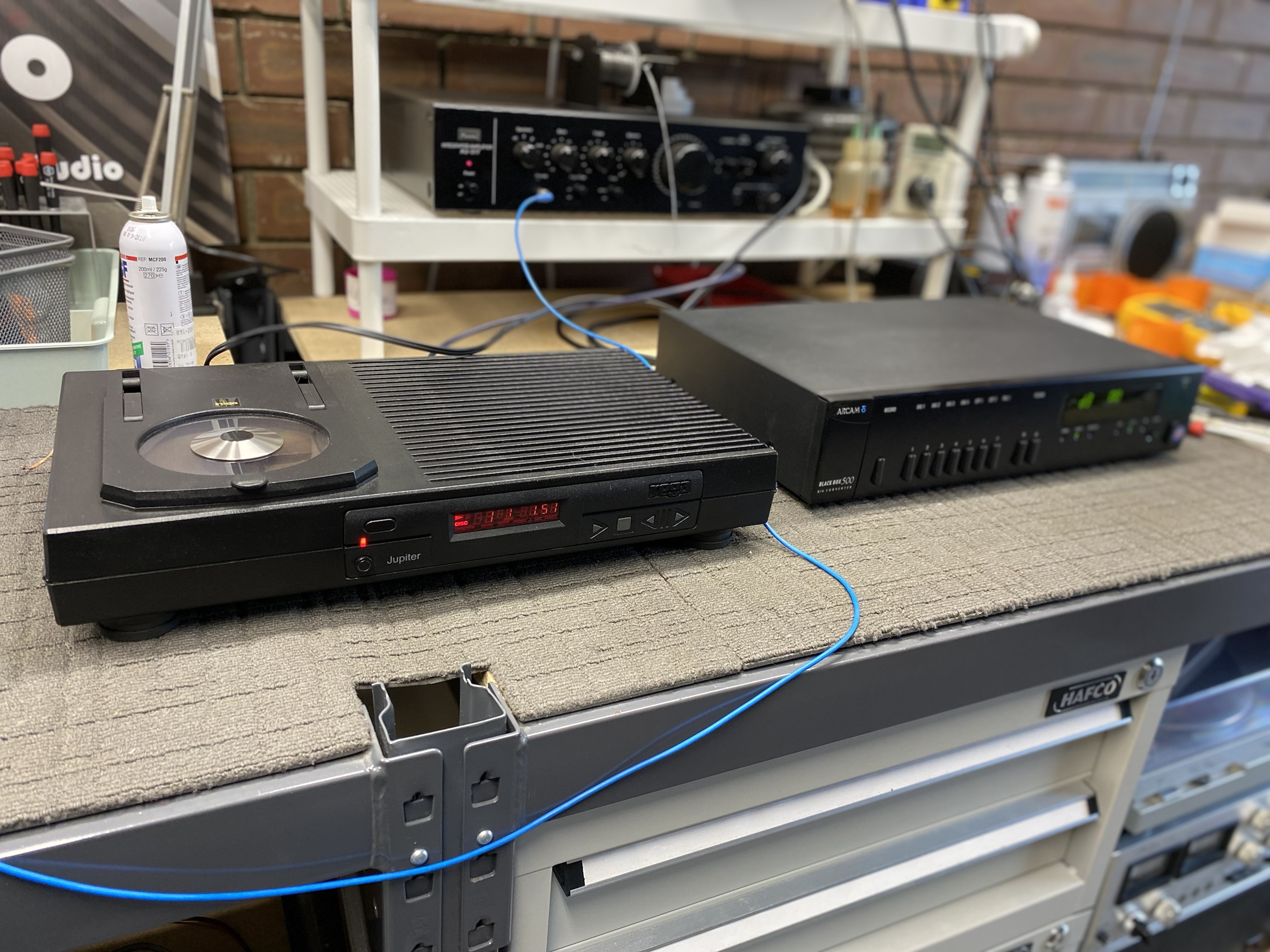
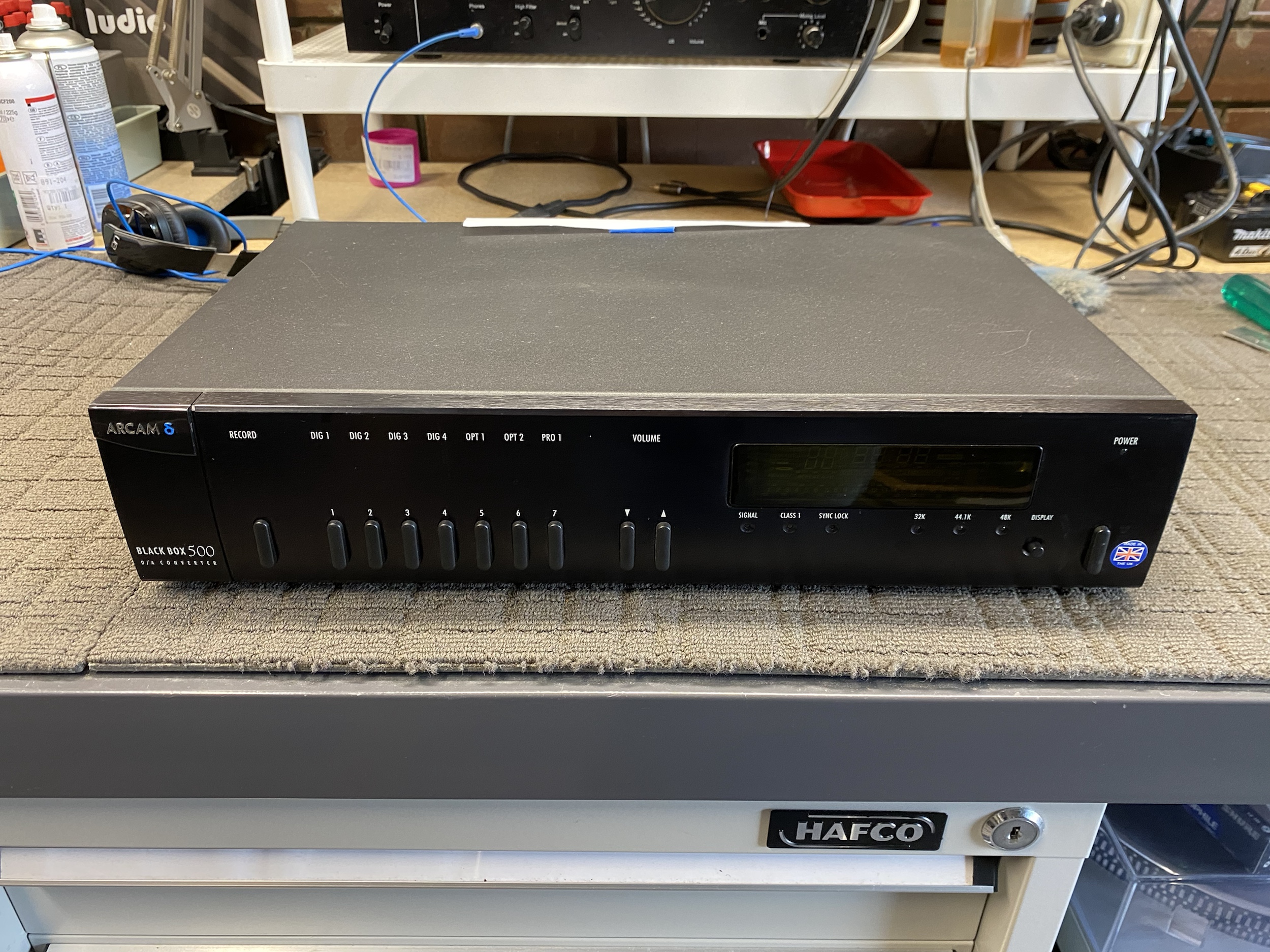
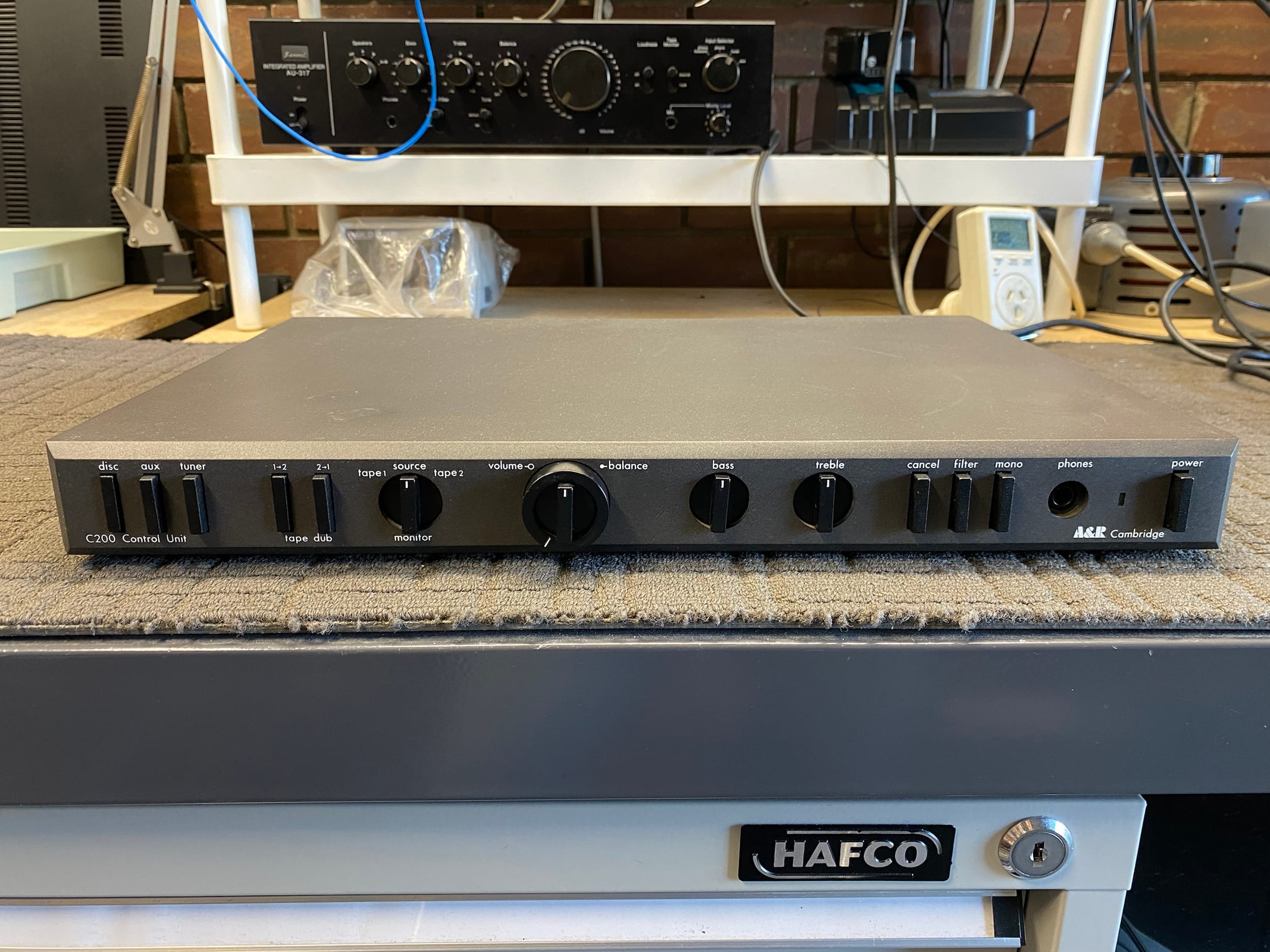
This time though, we dive into an Arcam DiVA CD92 in need of a new laser. Let’s go!
Modern Classic
The Arcam DiVA CD92, with the classic dCS Ring DAC board, really made a splash in the late ’90s as one of the very best-sounding players from this era. Excellent Arcam build quality, high-quality passive components and the special dCS Ring DAC board meant this player kicks butt.
But they were designed in the UK, for the UK. As a result, these players run warm, too warm for the thermal design specified, common with a lot of British hi-fi gear. This excess heat kills the dCS Ring DAC board and leads to premature death elsewhere in the player as well.
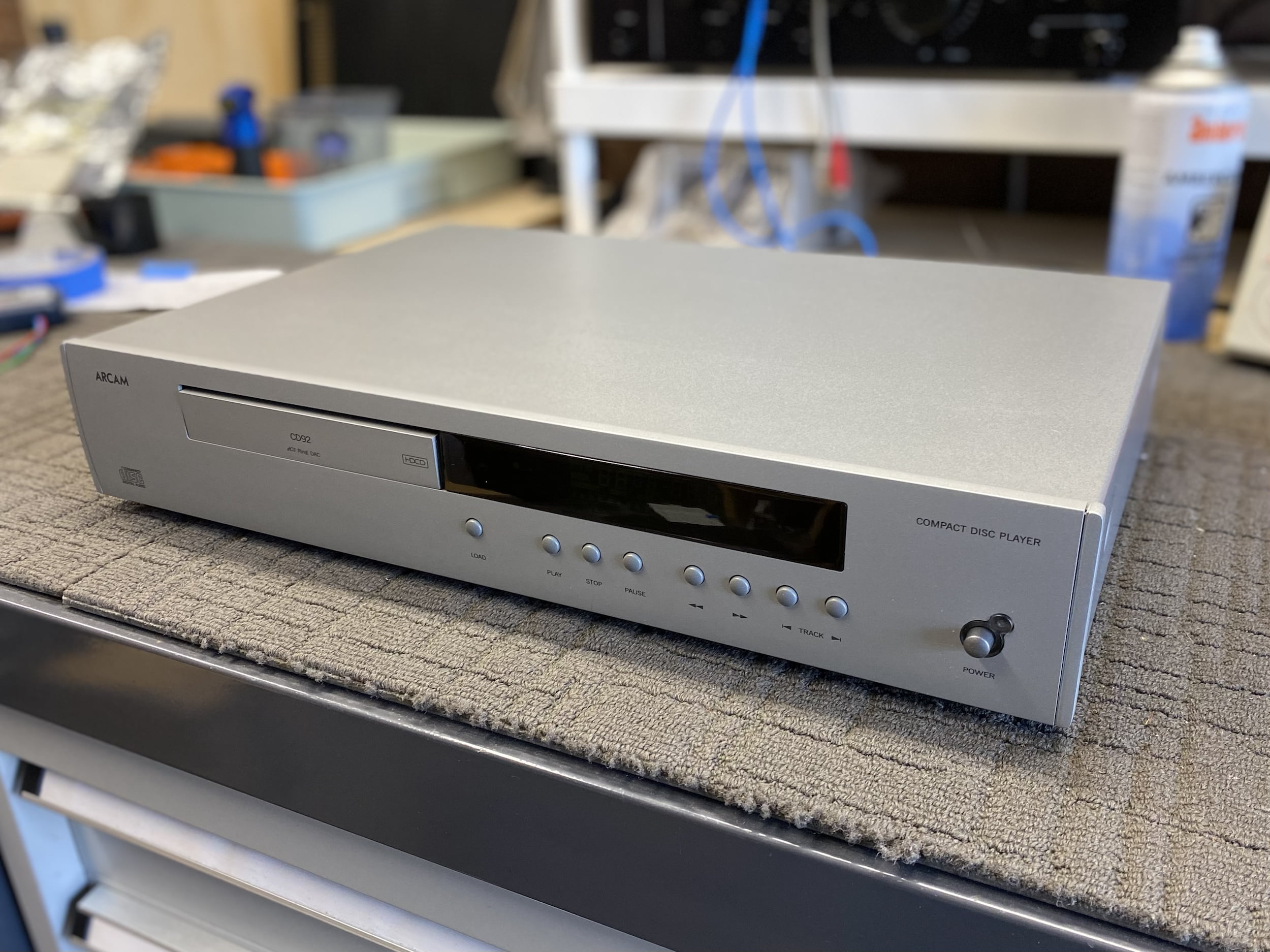
Arcam is justifiably proud of the British-made CD92 and still maintains a description page about the player if you’d like to check it out.
Arcam DiVA CD92 Specifications
Courtesy HiFi Engine
Disc format: CD
Digital converter: 24-bit dCS ring DAC plus HDCD
CD Mechanism: KSS-213C (not in this player!)
Frequency response: 5Hz to 20kHz
Dynamic range: 106dB
Signal-to-Noise Ratio: 100dB
Total harmonic distortion: 0.005%
Line output: 2.3V
Digital outputs: coaxial, optical
Dimensions: 430 x 290 x 84mm
Weight: 5.6kg
Accessories: mains lead, CR314 remote control
Problems
This player presented with various issues. The main one was unreliable disc reading, which had two distinct causes. The secondary issue was bad analog output, basically hissing and misbehaving when passing a signal from the RCA connectors.
The unreliable disc reading stemmed from a very typical decline in laser output power over time, with the original Sony KSS-240a laser. The second aspect of the problem was cracked plastic on the laser horizontal traverse bearing surface. This caused the aging laser to hang in certain places as it traversed the disc, causing mistracking.
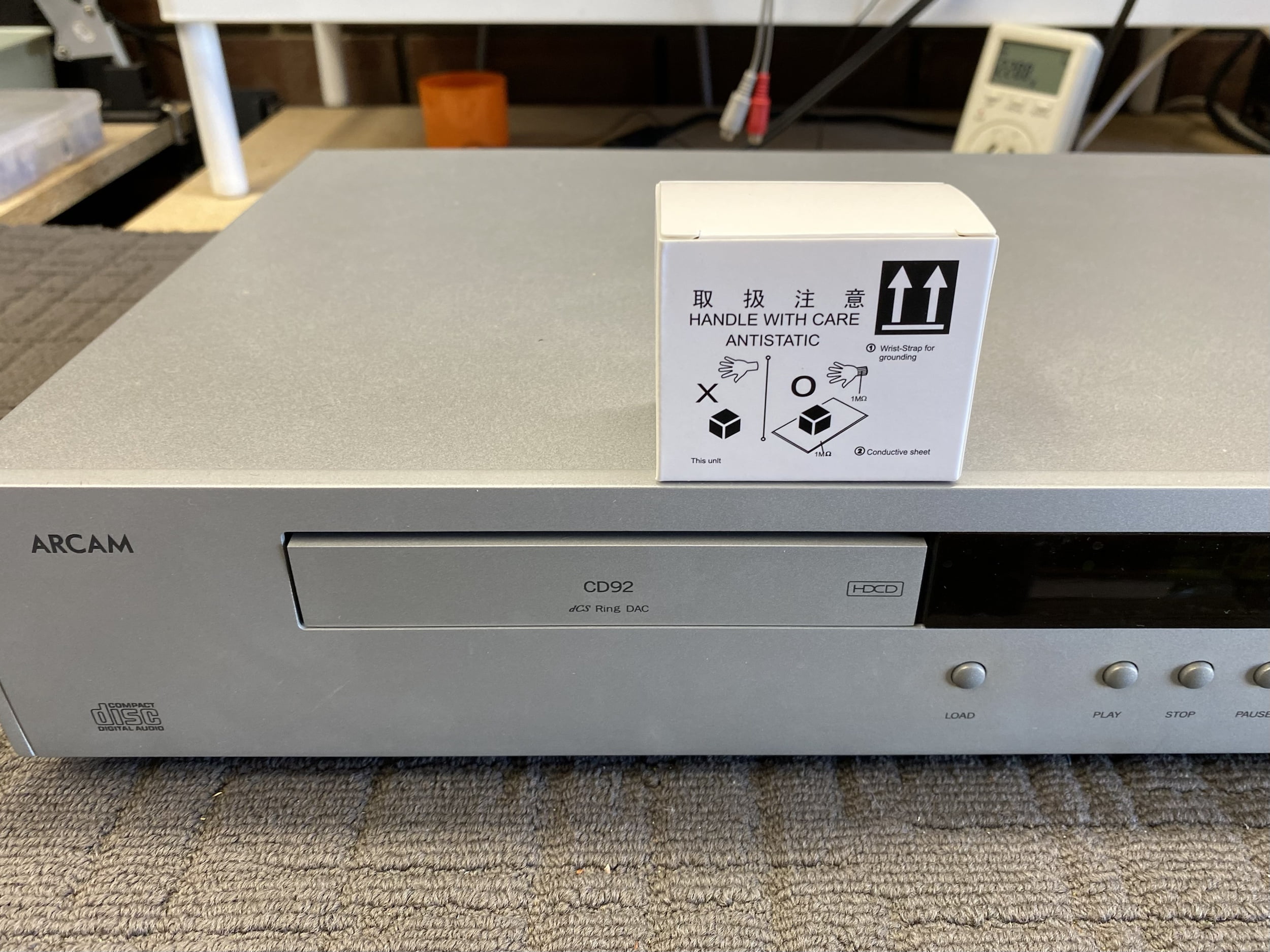
Repair
My brief, as always, is determined by my customers. In this case, the brief was to get this Arcam DiVA CD92 reading discs reliably. Her owner uses her as a transport, feeding an external DAC. Whilst, for me, this is defeating one of the best things about the CD92, he is happy with that arrangement and didn’t want to go all the way into the dCS Ring DAC board overhaul, which I understand.
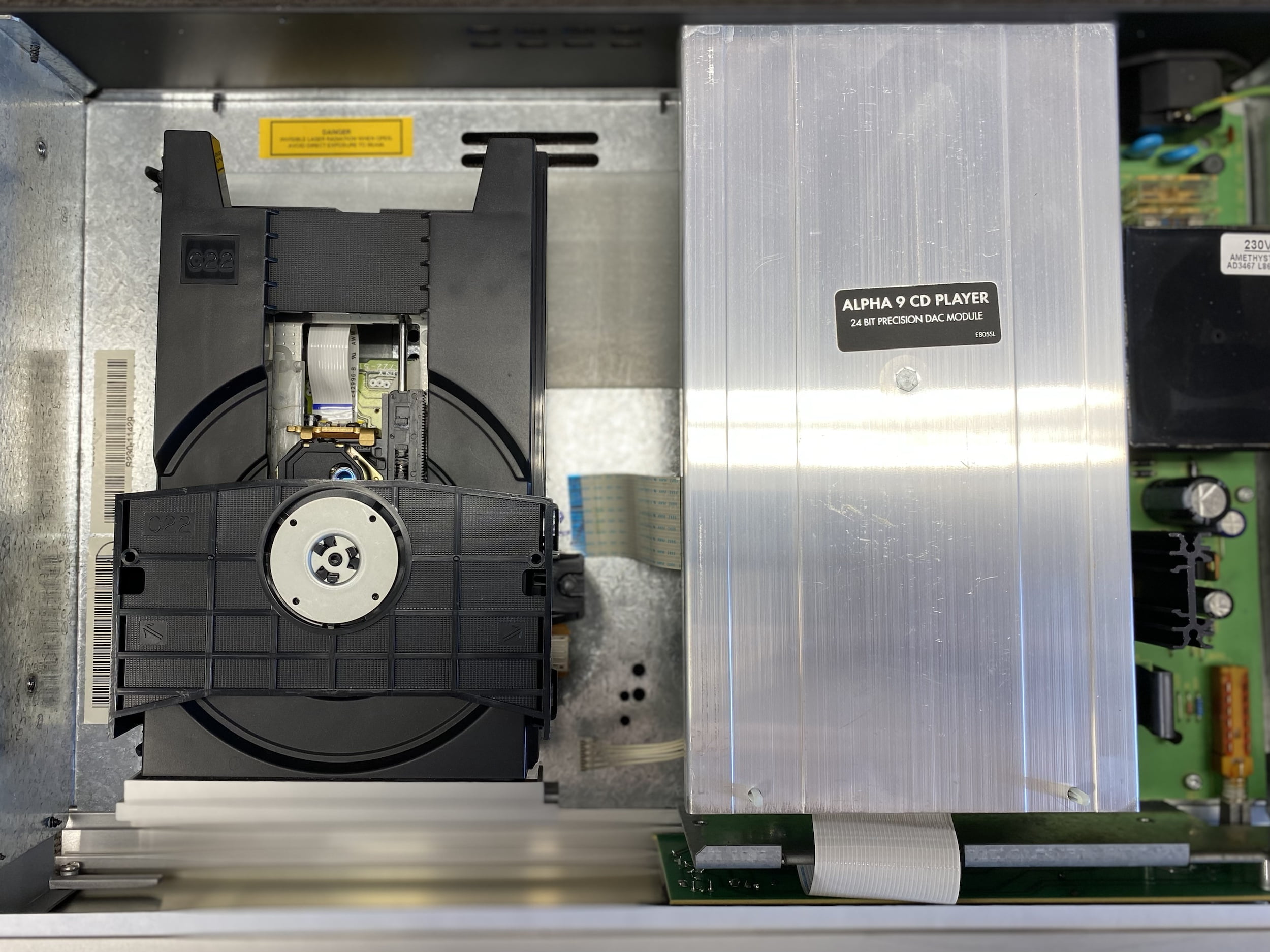
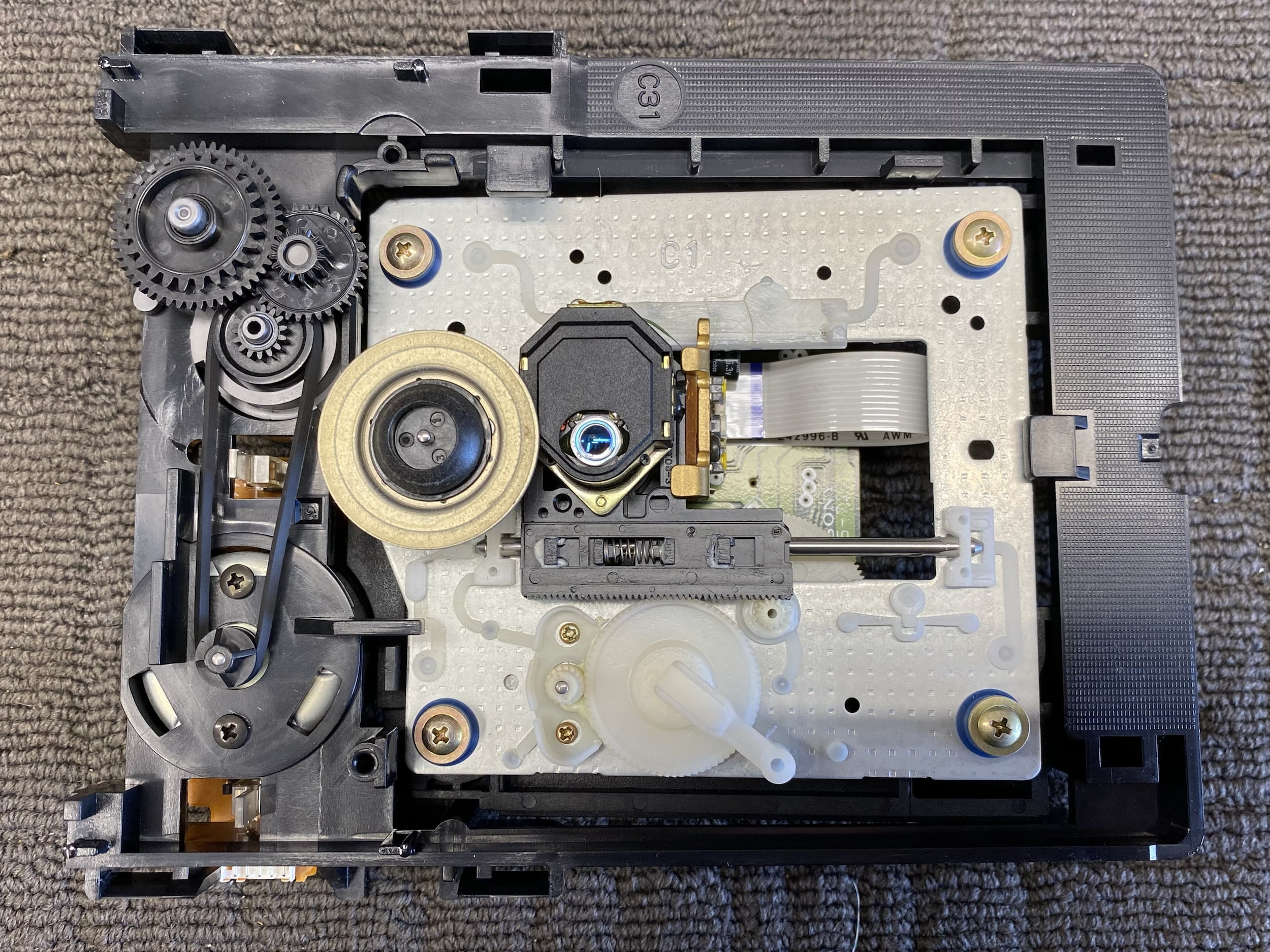
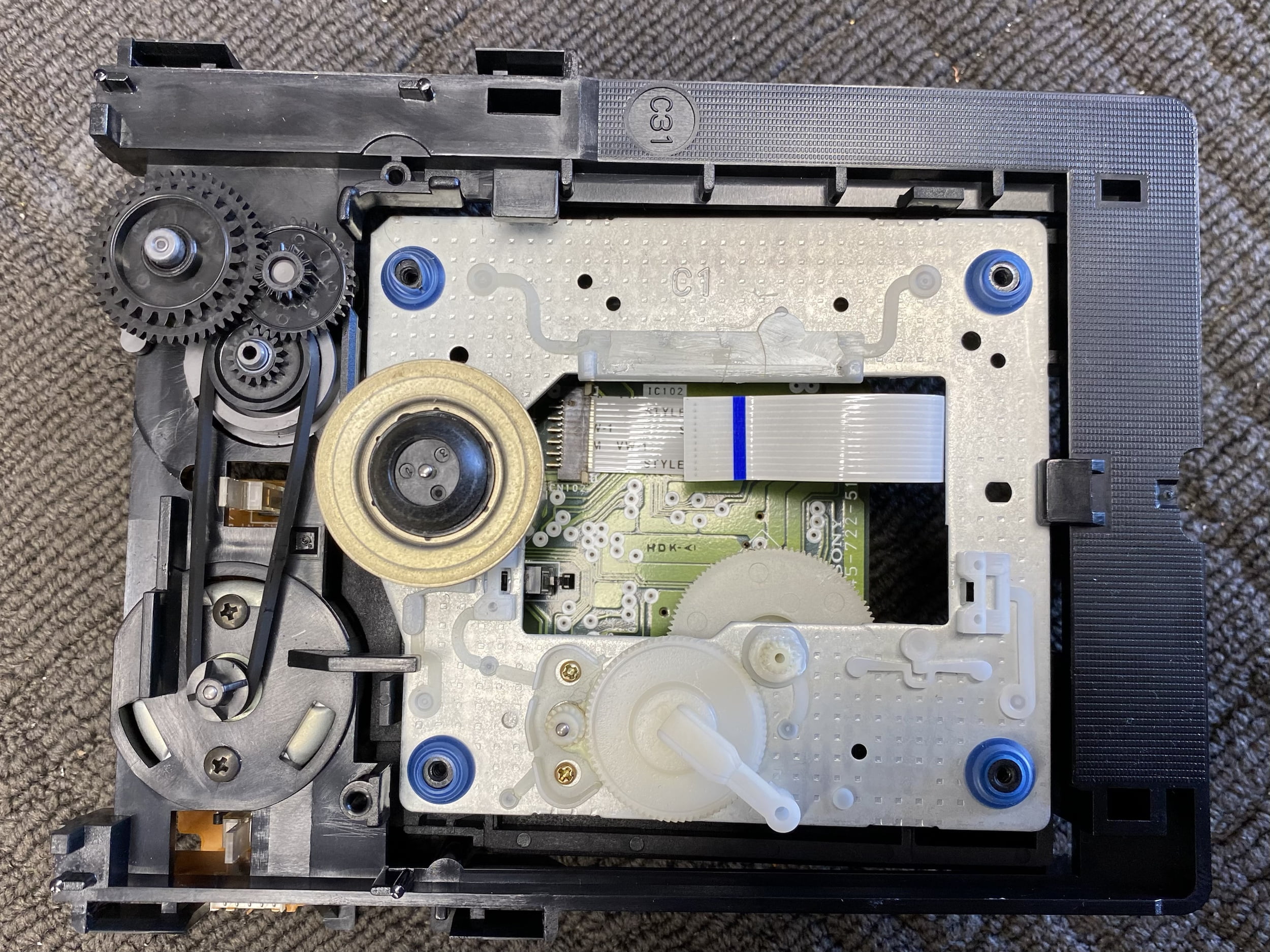
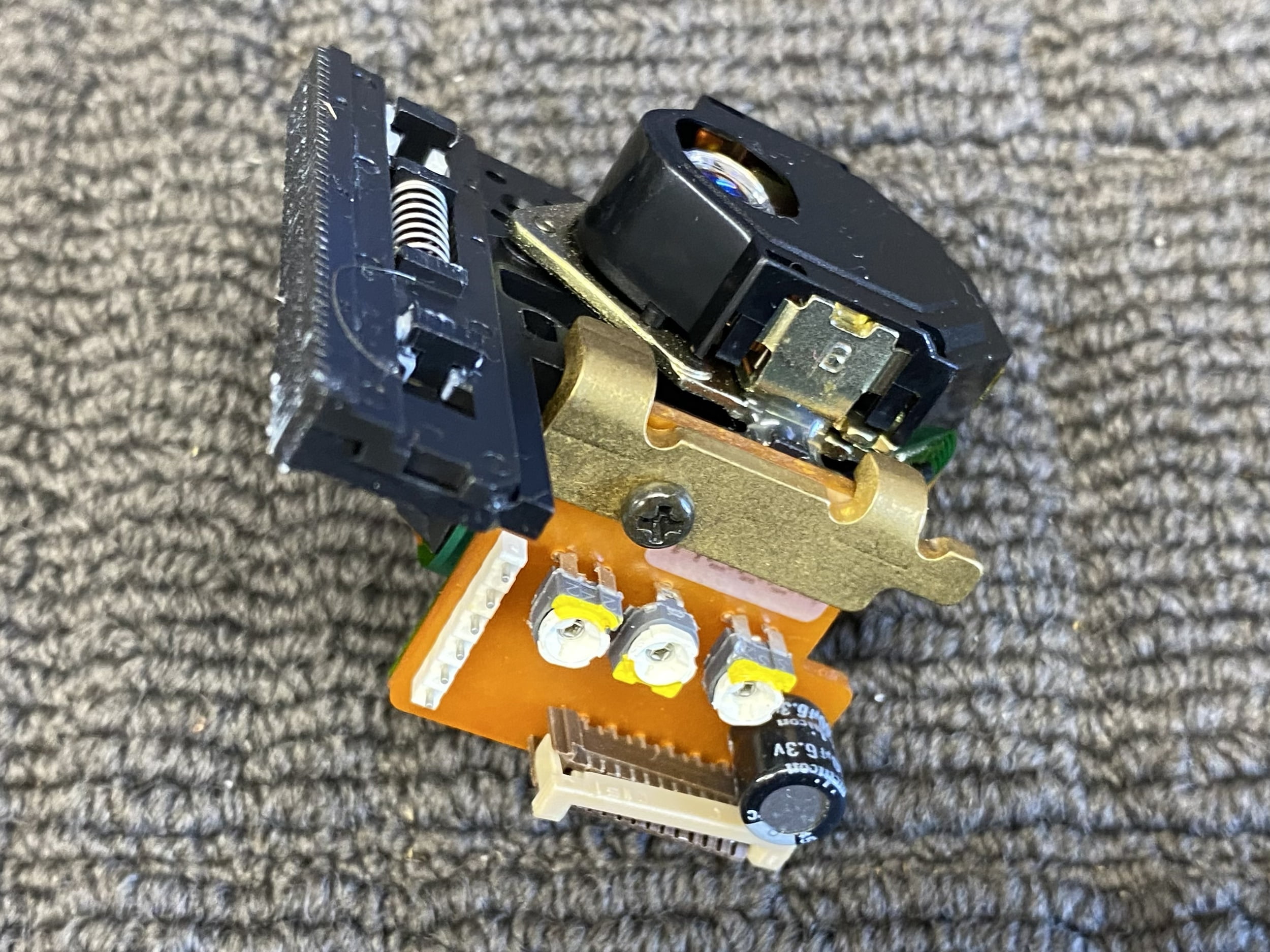
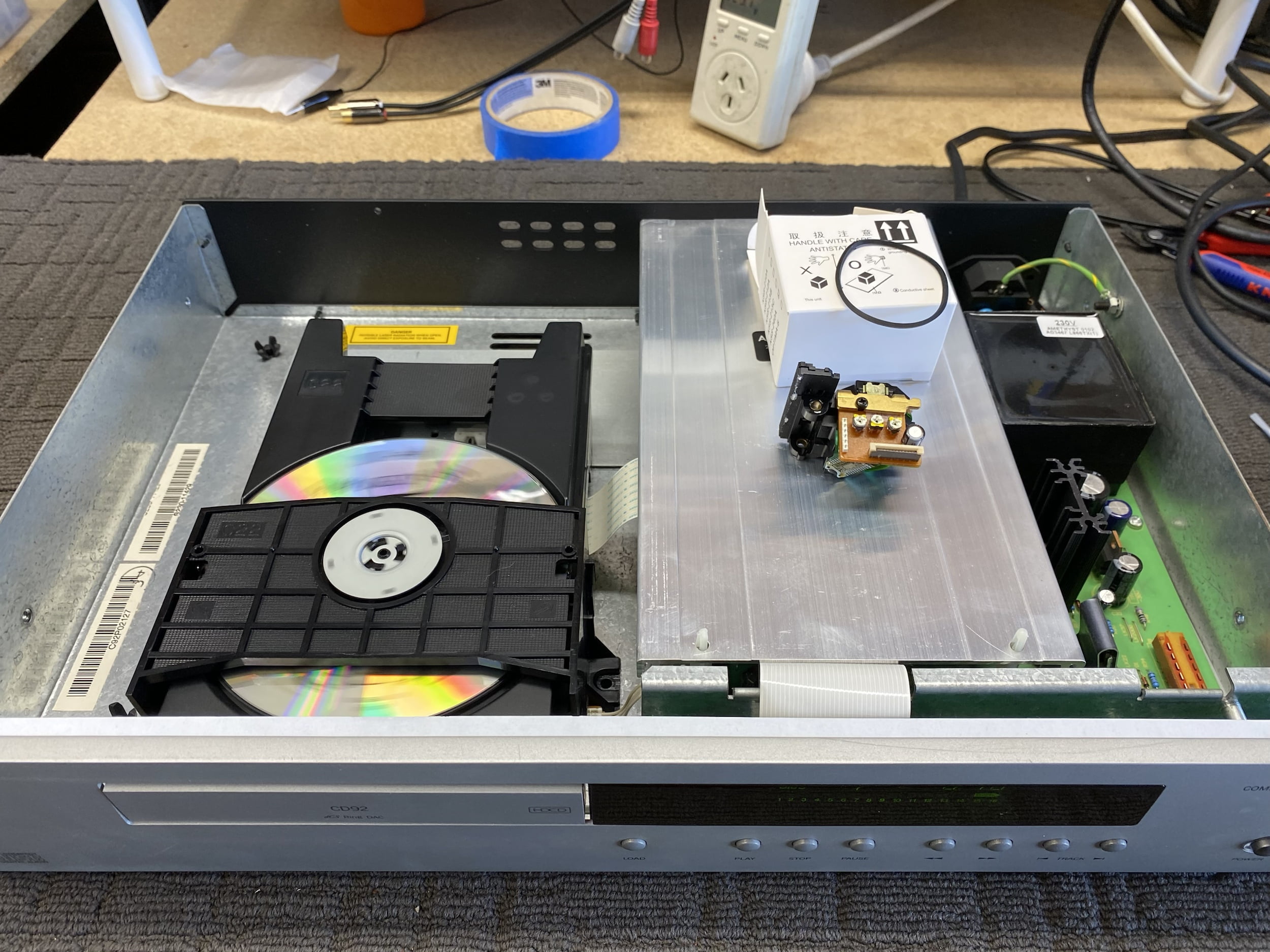
I took the liberty of removing the dCS Ring DAC board and replaced the one obviously dead cap just to see what effect it had on analog performance. Things improved considerably, so the solution to the bad analog output is likely a full DAC board overhaul.
Results
After replacing the laser, installing a new precision rubber drive belt, smoothing out the cracks in the traverse bearing surface and properly lubricating things, this Arcam DiVA CD92 worked beautifully once again. I tested her as a transport, given that this is how she is used, but I was curious to know how she performed through her analog outputs.
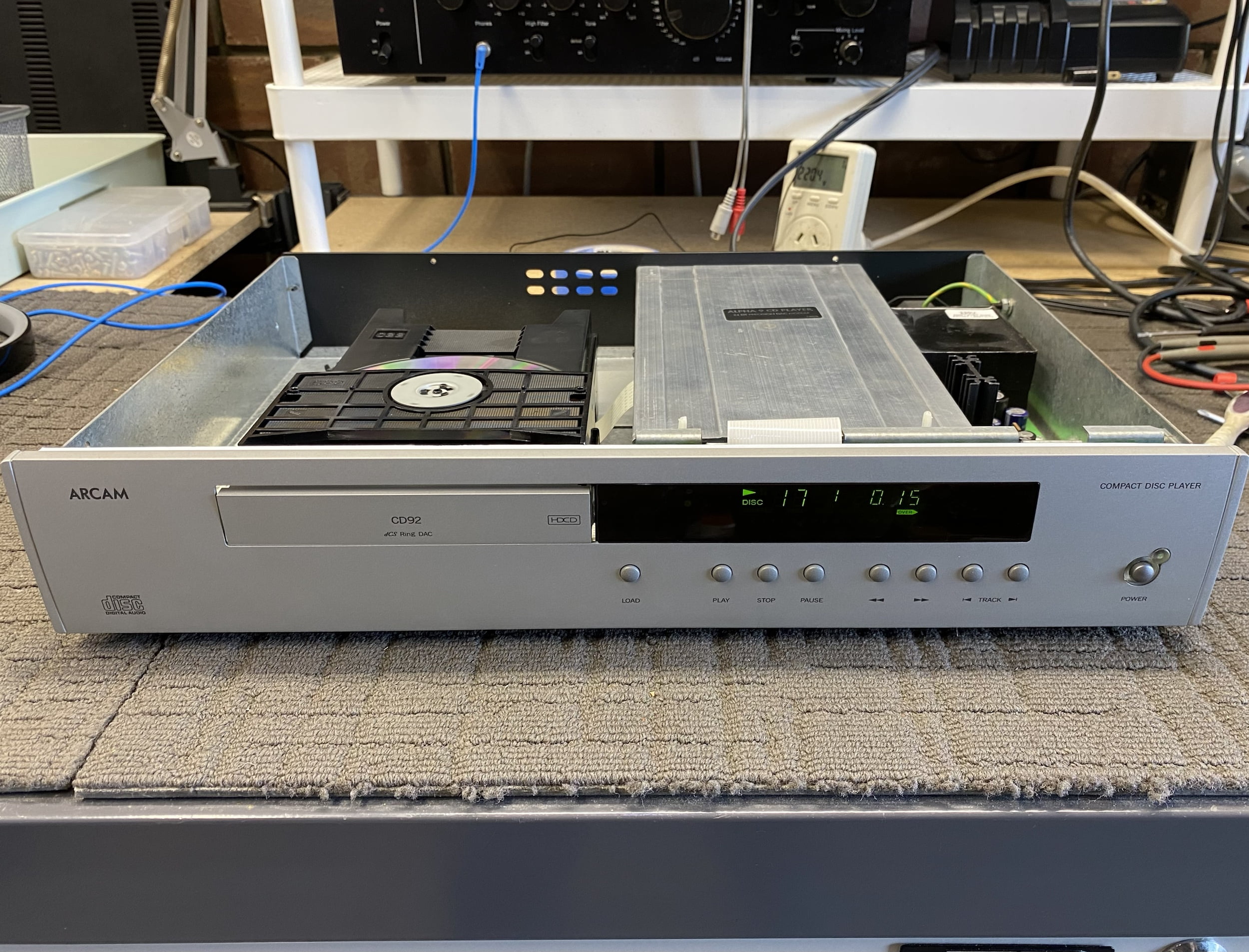
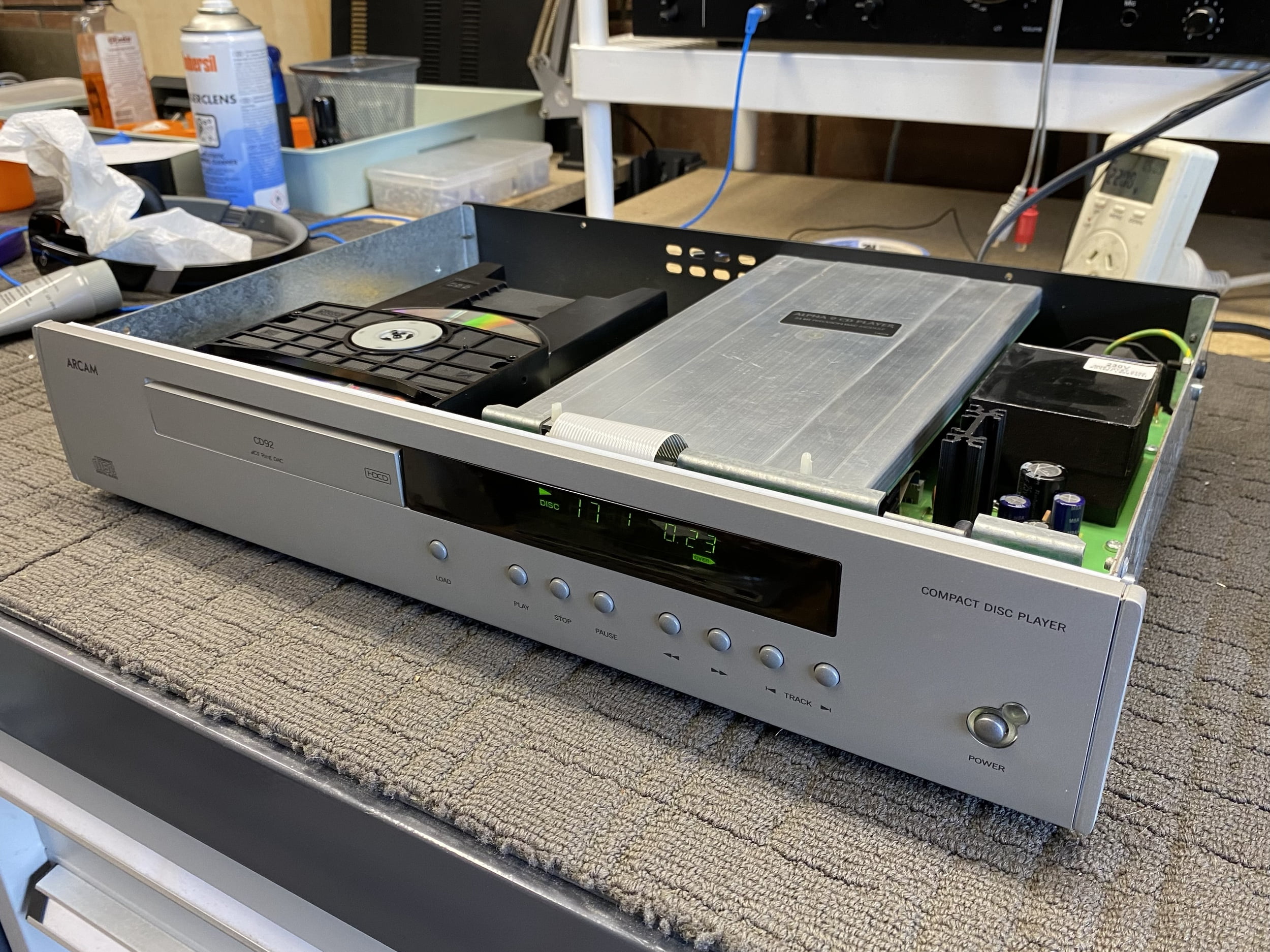
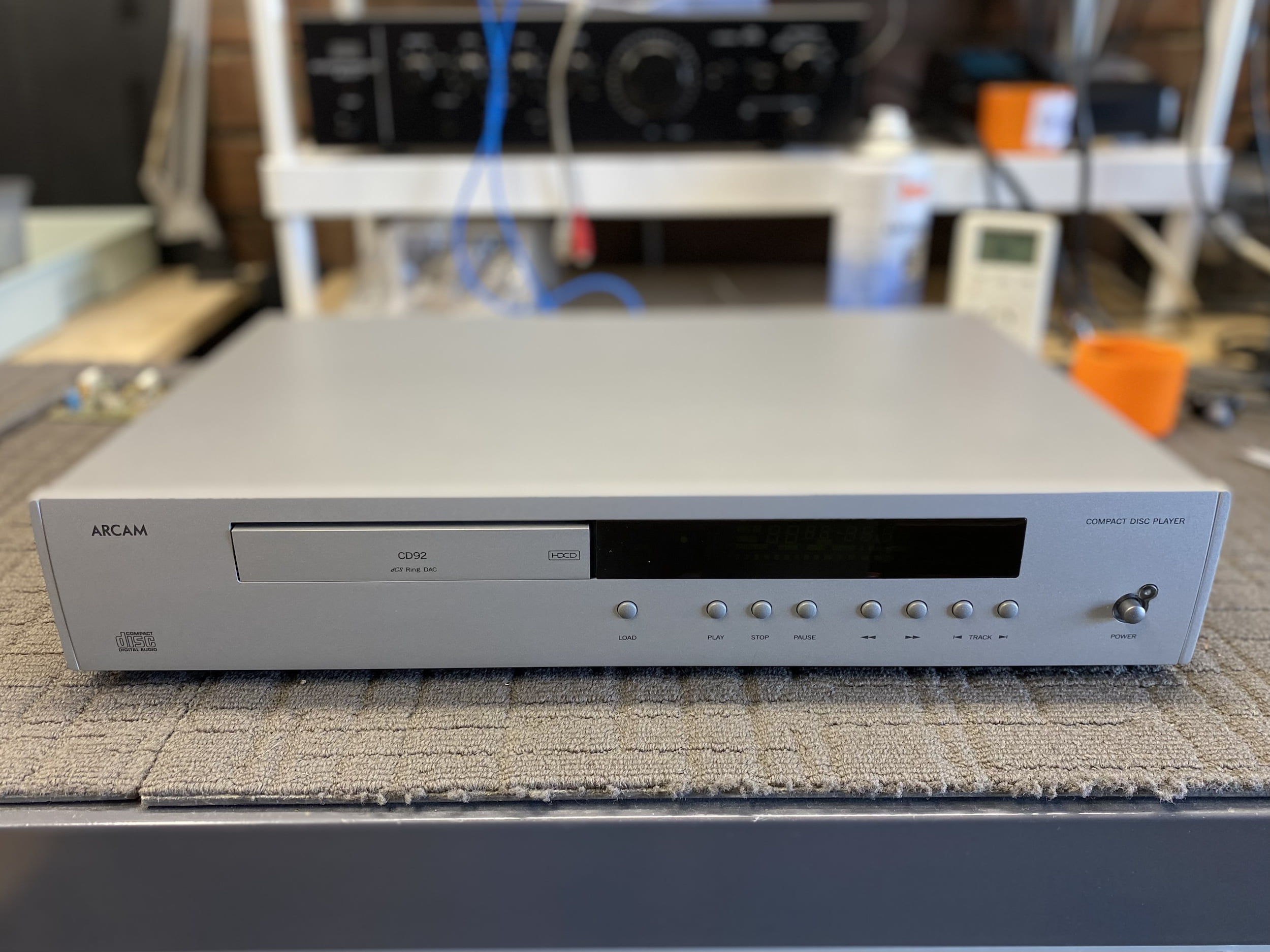
Sonic Performance
Whilst I cannot comment on the analog performance of this particular unit, based on my experience with other examples of the same model, the Arcam DiVA CD92 sounds excellent. This is a first-class Redbook CD player from a period we might call the golden age of CD. In other words, CD players as a whole don’t get a lot better than this, at least not at the sensible end of the hi-fi spectrum.
The CD92 is a genuinely smooth, resolving and analog-sounding CD player. All the things we like about Redbook CD are there: excellent bass extension and grip, perfect pitch, rock-solid imaging, warm midrange and smooth, extended treble. Some of the things we don’t like about Redbook are there too, like the slightly flat and uninvolving presentation, the lack of ultimate resolution and air really good vinyl systems offer.
Compared to a classic Marantz CD-63 or CD-67 for example, you get greater resolution and bass extension, better midrange and an altogether more involving presentation. Compared to a really nice DAC like say a Musical Fidelity Tri-Vista 21 or PSAudio NuWave DSD, you get less of everything, most especially subtlety, but you need a really nice transport to go with these DACs, something like a Meridian 506 or TEAC VRDS-10 for example.
The Bottom Line
These are minor gripes though and really, if you want a good CD player and can stretch to a vintage machine like this, you can’t go wrong. You will need to factor in some maintenance of course, but that’s par for the course with any electronics, especially something older.
Want a really lovely sounding CD player from the golden era of CD? Look no further than an Arcam DiVA CD92.
Discover more from LiQUiD AUDiO
Subscribe to get the latest posts sent to your email.

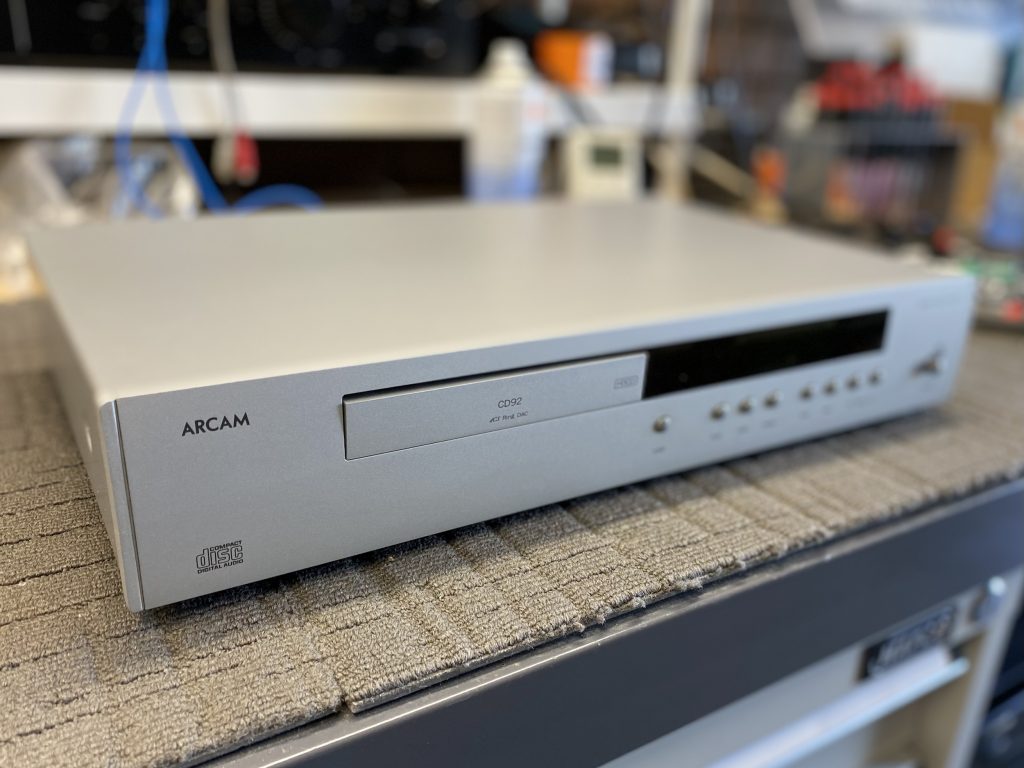
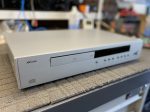
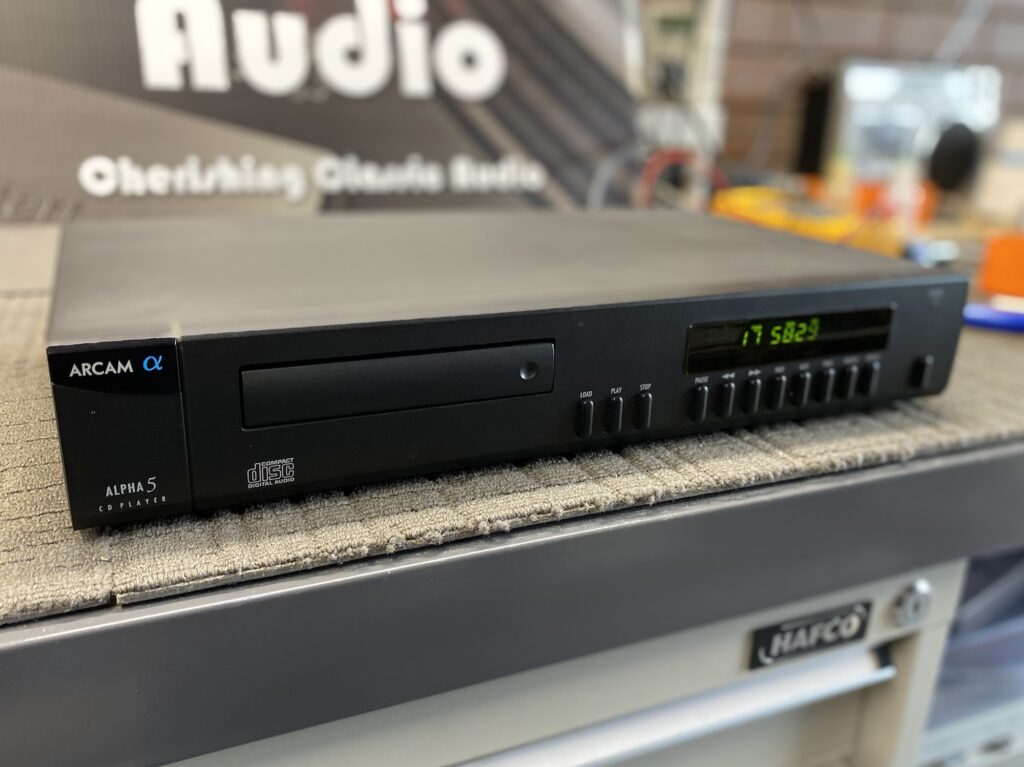
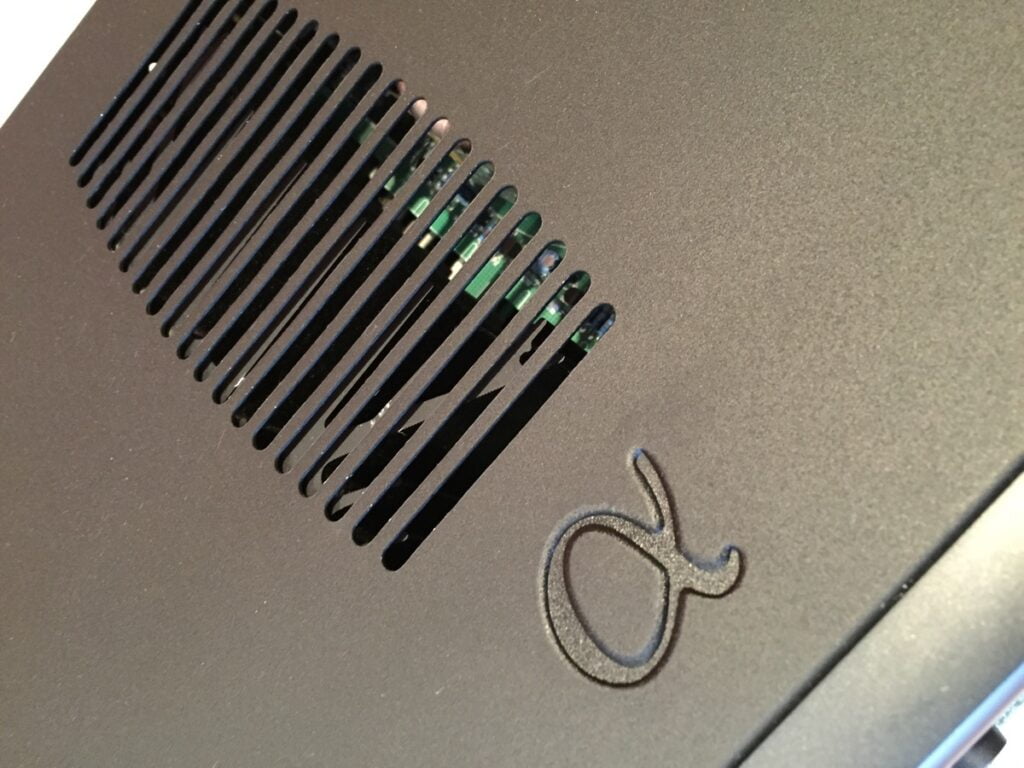
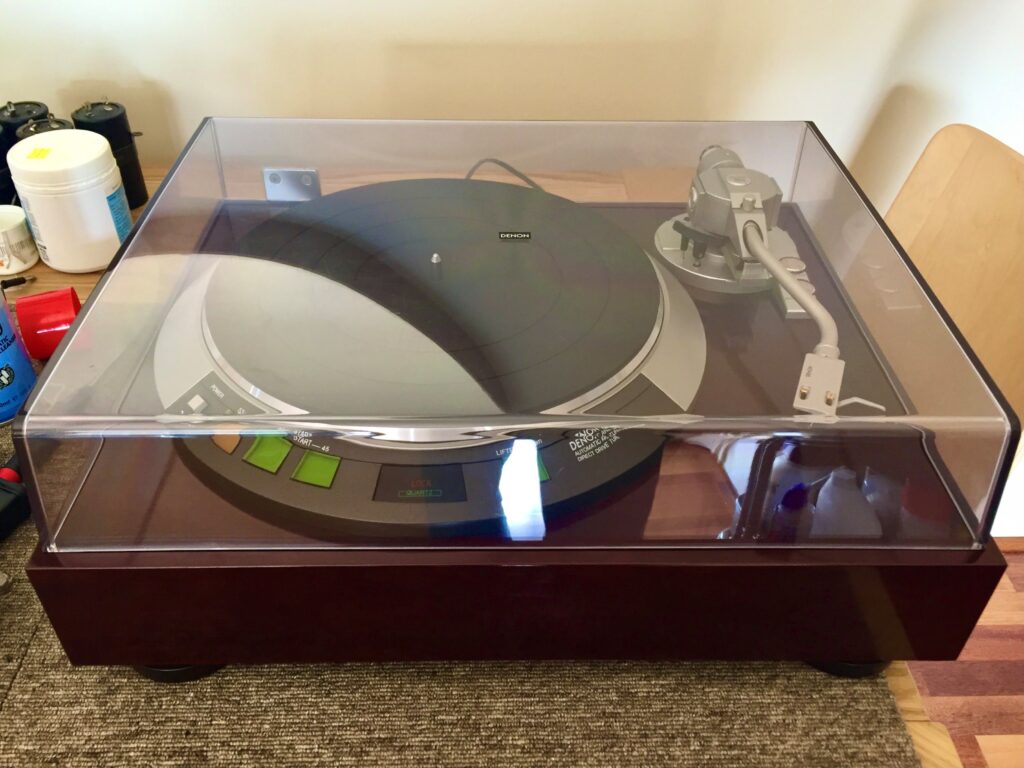
Hey Mike
I’ve modded lots of equipment in my time. CD players especially come up well if the mods are carefully chosen. I always make carefully planned changes, based on the level of the player. One modification at a time is my golden rule. Careful listening after each change gaurantees you don’t take any backward steps. Never fall into the trap of hasty mass changes, you can easily go backwards and then you have to re-trace all your steps to find where you went wrong. Also, I find that being ‘selective’ with capacitor brands is the key. Even the guru Ken Ishiwata used this as one of his guidelines. You have to find out which brand works best in a particular application, there are no hard and fast rules of recommending ‘brand A’ if it doesn’t suit the rest of the unit, or even the balance of the system as a whole. All capacitors will give a different result. Chose them wisely.
Hi Peter, thanks for your thoughts. I need to first point out that this article is not about ‘modding’ or improvement, rather it describes a CD player repair as per customer request. I’ve written extensively about CD player and DAC improvement over the years though and talked about capacitor theory and replacement elsewhere. Parts should be selected based on the circuit requirements and a sound technical understanding of why a particular part is needed where it is in the circuit. One can then evaluate the parts options available and make a selection that best fits the service brief, customer budget, equipment context and any specific goals, such as sonic improvement. That informs the rest, along with careful sonic and technical evaluation. A conservative, technically informed approach lies at the core of what we do, though this is sadly lacking in a broader sense. Nothing is rushed, hastily implemented or done without careful evaluation. I strongly agree that this is the only way to go!